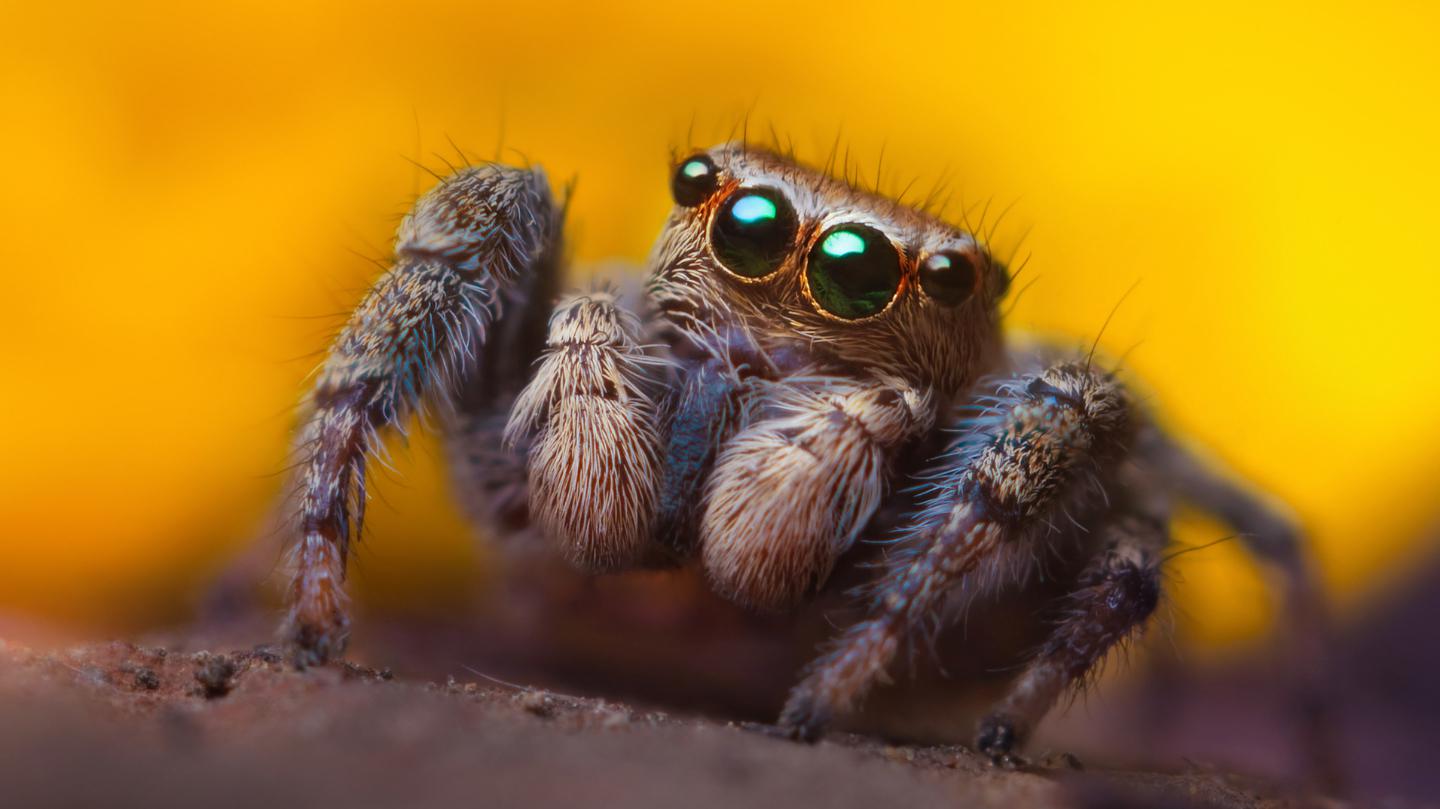Small ballooning spiders can fly along the Earth’s electrical field

- Smaller spiders can lift themselves off the ground by exploiting interactions between their charged silk threads and the electrical field in the Earth’s atmosphere. This is called ballooning.
- Reliable mechanisms for moving through the air are particularly important in atmospheric science.
- By copying the spiders’ ballooning mechanism, researchers could develop new techniques to help scientists monitor the atmosphere.
Nature is often the best engineer of all. For scientists studying the Earth’s atmosphere, unlocking the secrets of certain small, airborne spiders could help propel research to new heights.
Aerospace engineers use a variety of techniques to keep objects in the air. They can use aircraft whose wings generate lift, or drones that create their own downward thrust. These devices require fuel, though, and none can stay in the air for too long.
These designs are also poorly suited to carry smaller objects up to higher altitudes. That is especially a problem for atmospheric scientists. They often need to deploy temperature or chemical sensors to probe the altitude-varying properties of the atmosphere in close detail. One pair of researchers looked to the natural world for a solution.
Ballooning spiders
Not all animals need wings to move through the air. Some spiders have evolved an ability called ballooning. They spin silk threads that remain attached to their bodies. This technique allows the spiders to passively travel across extensive distances, even on relatively calm days.
On his famous voyage, Charles Darwin saw hundreds of ballooning spiders land aboard the HMS Beagle, despite being some 60 miles away from the shore. The phenomenon is well documented indeed, yet researchers still do not fully understand how ballooning works. There are currently two competing theories.
One theory proposes that spiders use their threads to catch thermal updrafts generated in the air by natural variations in temperature. A second suggests electrostatic forces generate lift. The forces result from the interaction of the threads’ electrical charges with the electrical field in the Earth’s atmosphere.
This Earth’s electrical field itself is generated by a difference in charge between the ground and the ionosphere, the region of the Earth’s upper atmosphere in which atoms and molecules are ionized by the sun’s powerful radiation.
Thermal or electrical?
To test the strength of this second theory, Charbel Habchi of Lebanon’s Notre Dame University-Louaize, and Mohammad Jawed of the University of California, Los Angeles, recreated the spiders’ flight using virtual simulations. In a simplified model, the duo replaced spiders with small spheres, which they attached to varying numbers of closely spaced vertical threads.
The researchers considered how ballooning behavior might change when they varied the number of threads. They also examined the effects of distributing electrical charge uniformly throughout the threads, versus concentrating charge at the threads’ tips.
To ensure accuracy in their simulations, they incorporated an algorithm widely used in Hollywood movies to animate fur and hair. They also combined this with a second algorithm that could recreate the viscous forces imparted on spiders and threads as they move through the air.
Riding the field
In each of the scenarios they considered, Habchi and Jawed’s simulations showed that electrostatic interactions caused the sphere to accelerate upward from the ground. At the same time, the initially straight threads repelled each other because they had similar charges. This caused them to rapidly bend and spread out, preventing them from tangling.
As time progressed, Habchi and Jawed found that drag caused by air resistance counteracted the lifting forces. Eventually, the virtual spiders settled into a steady upward velocity of roughly 8.5 centimeters per second. This closely matched the results of experiments involving real spiders, where a controlled electrical field triggered ballooning.
The duo found that electrostatic forces alone were enough for smaller spiders to balloon. The mechanism even allows the animals to control their speeds by varying the number and length of their threads. When moving in a stronger breeze, this technique could help them change altitude.
The big picture
Reliable mechanisms for moving through the air are particularly important in atmospheric science. At higher altitudes, satellites and aircraft can monitor the diverse and ever-changing properties of the Earth’s atmosphere. But these devices have their limitations. Satellites cannot measure the properties of the atmosphere directly, while aircraft move too quickly to gather information on smaller scales.
By recreating the ballooning mechanisms used by spiders, Habchi and Jawed hope that researchers could design new monitoring techniques where single, tiny sensors are attached to specialized arrangements of artificial threads. This could allow the instruments to balloon at carefully controlled speeds and altitudes, all while collecting useful data.
If achieved, this technique could pave the way for new capabilities in atmospheric monitoring. Researchers might be able to probe factors including temperature, wind speed, humidity, and chemical composition in unprecedented detail.





